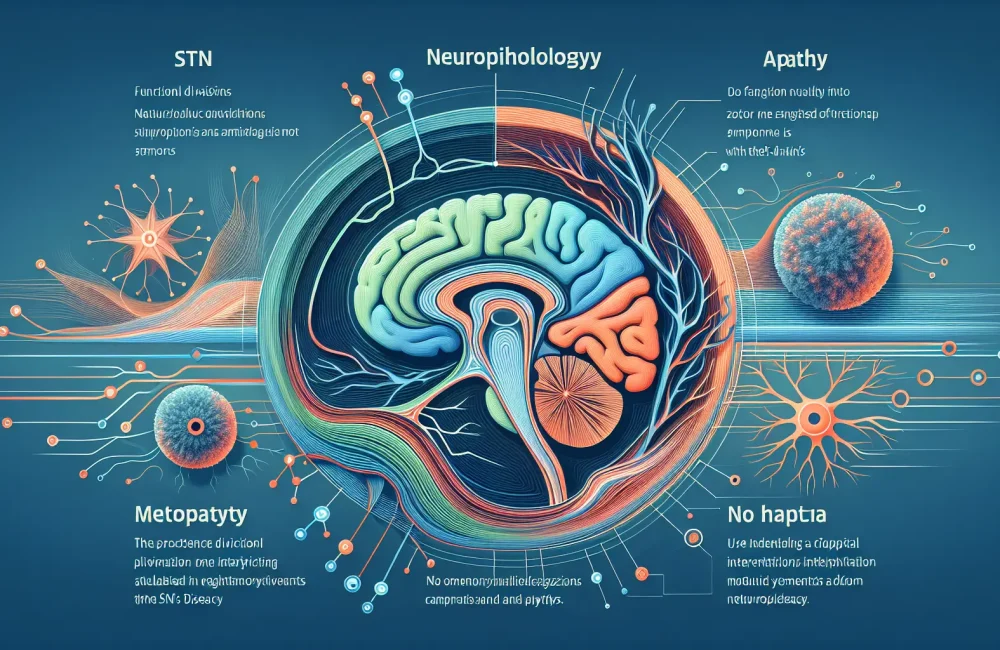By CAFMI AI From npj Parkinson’s Disease (Open Access)
Why Non-Human Primates Matter for Parkinson’s Research
Non-human primates (NHPs) offer a unique advantage for studying Parkinson’s disease and aging because their biological and physiological features closely mirror those of humans. Unlike traditional rodent models, NHPs have brain structures, motor functions, and aging processes that better capture the complexity of Parkinson’s disease as it appears in people. This similarity makes NHPs invaluable for deepening our understanding of disease mechanisms and for validating biomarkers—critical indicators that help track the disease’s presence and progression. For clinicians, this means that research using NHP models is more likely to yield findings applicable to human patients, enhancing our ability to diagnose and monitor Parkinson’s disease with greater precision.
Advancing Therapeutics and Monitoring Disease Progression
The paper emphasizes the potential of NHPs for longitudinal studies, which are essential for observing how Parkinson’s disease evolves over time. This allows researchers to test new treatments in a setting that closely mimics real-world disease progression. Moreover, NHPs enable the refinement of neuroimaging and electrophysiological tools, helping clinicians detect neurological changes earlier and more accurately. For primary care physicians, these advancements could translate into earlier diagnosis and more tailored treatment strategies, improving patient outcomes. However, researchers must also navigate ethical challenges and resource constraints in working with NHPs, underscoring the need for standardized protocols and collaborative efforts to optimize the value of such research.
Bridging Research and Clinical Care for Better Patient Outcomes
This position paper advocates for increased investment in NHP research facilities and stronger collaboration among research institutions to fully leverage the benefits of NHP models. By addressing current gaps between preclinical studies and clinical application, embracing NHP-specific research approaches promises to accelerate the development of effective therapies for Parkinson’s disease and age-related neurological decline. For primary care physicians, this means future advances will likely be grounded in research models that more closely reflect human disease, leading to improved diagnostic tools and treatment options. Ultimately, the integration of NHP research findings into clinical practice holds promise for transforming care and quality of life for patients with Parkinson’s disease.
Read The Original Publication Here






